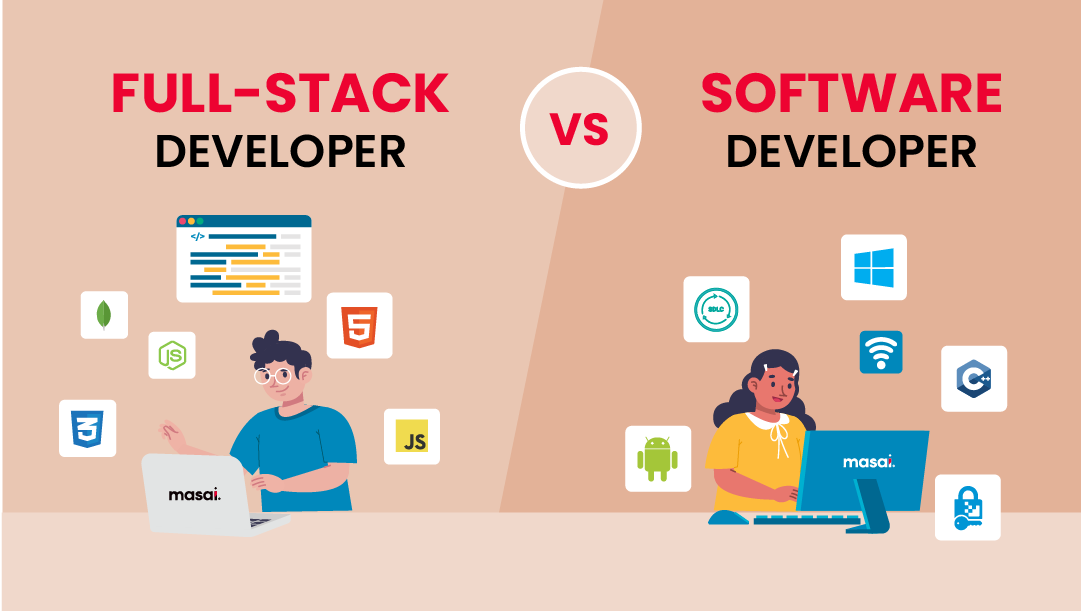Discovering the Perfect Software Development Partner for Innovative Solutions
Discovering the Perfect Software Development Partner for Innovative Solutions
Blog Article
Dedicated Developers vs. In-House Teams: Which Is Right for You?
The choice in between making use of specialized designers and preserving an internal team is a significant one that can affect the trajectory of your tasks and general business method. Alternatively, internal groups contribute to a natural business society and a nuanced understanding of long-term goals.
Recognizing Dedicated Programmers
The expanding demand for specialized abilities in the tech sector has led to the appearance of specialized programmers as a practical option for many organizations. These professionals are commonly contracted on a job basis, allowing business to take advantage of particular expertise without the long-lasting dedication associated with permanent hires. Dedicated designers are typically ingrained within a customer's group, giving flexibility and scalability to satisfy job demands.
This design enables companies to access a worldwide ability swimming pool, which is particularly advantageous in a rapidly advancing technical landscape. Committed developers can be sourced from numerous geographical places, making sure that companies can locate the appropriate ability set at affordable prices. They usually bring a wealth of experience and expertise, having worked with diverse jobs across various sectors.
Additionally, specialized developers can focus solely on the tasks available, boosting performance and efficiency. They are equipped to integrate effortlessly right into existing operations, working together closely with in-house groups to achieve task objectives. This approach not only reduces the problem of recruitment and training but also enables companies to stay dexterous, adapting swiftly to changing market demands and technological developments.
Benefits of In-House Teams

Furthermore, in-house groups often tend to have a much deeper understanding of the company's mission, worths, and objectives. This alignment can boost worker involvement and motivation, as group participants really feel much more attached to their job and the organization's success. In addition, having a dedicated in-house team allows for much better positioning of goals and strategies, as these members are regularly focused on the business's concerns.
Internal teams additionally help with quicker decision-making procedures, as they can respond a lot more swiftly to changes and obstacles. The recognized relationships and experience with firm procedures enable structured process and minimized miscommunication. Ultimately, the combination of a cohesive society, positioning with organizational goals, and effective interaction makes in-house teams a useful property for lots of organizations, especially those wanting to grow long-term development and advancement.
Expense Factors To Consider
When evaluating price factors to consider, both devoted developers and internal groups present unique monetary ramifications for organizations. Involving committed developers normally includes a pay-per-project or hourly price design, which can be cost-efficient for businesses with changing task needs. This method permits flexibility in scaling sources up or down, ensuring that firms only spend for the solutions they need.
In comparison, in-house groups involve taken care of costs, consisting of incomes, benefits, and overhead costs such as workplace and devices. While this design provides better control and immediate accessibility of sources, it might cause higher long-term expenses, especially if the work does not find more warrant a permanent staff.
Additionally, companies must take into consideration the covert prices connected with employment and training of in-house staff members, which can even more strain spending plans. Sometimes, the time and sources spent on managing an internal group can interfere with the company's core business purposes.

Project Monitoring and Flexibility
Task monitoring and flexibility are crucial variables that influence the selection between dedicated developers and in-house groups. Dedicated designers commonly offer a high degree of adaptability, permitting companies to scale resources up or down based on project needs. This dexterity can be specifically useful for businesses experiencing varying work or those seeking to innovate rapidly. Devoted teams commonly have actually developed procedures for managing projects efficiently, leveraging particular methodologies like Agile or Scrum, which facilitate iterative progression and versatility.

Eventually, the choice between specialized programmers and in-house groups rests on the preferred level of flexibility and the particular task administration requirements. Firms have to examine their functional characteristics, task complexity, and source availability to establish which choice straightens finest with their calculated purposes.
Making the Right Option
Choosing the best click for info advancement strategy-- internal teams or specialized designers-- requires a cautious analysis of different elements that align with a business's tactical objectives. offshore software development. Initially, take into consideration the nature of the job. Devoted programmers useful link might be more suitable if it requires specialized abilities or a quick scale-up. Conversely, in-house groups can give far better continuity and assimilation with existing workers.
Following, review your budget. Devoted developers frequently offer a cost-effective service for temporary projects, while internal groups may incur higher lasting costs because of incomes, advantages, and expenses expenses. Assess the degree of control and cooperation wanted; internal teams usually foster stronger communication and positioning with business society.
If immediate results are needed, devoted programmers can be onboarded quickly, whereas building an internal group takes time for recruitment and training. If continuous advancement is essential, spending in an in-house group may yield better returns over time.
Verdict
In conclusion, the decision between specialized designers and internal groups pivots on job demands and organizational goals. Alternatively, internal groups grow a natural society and deeper placement with long-term goals.
The choice between utilizing specialized developers and maintaining an in-house group is a significant one that can impact the trajectory of your jobs and general business approach.Project management and flexibility are critical elements that affect the option in between committed developers and in-house groups. nearshore software development.In contrast, internal groups may succeed in maintaining a constant task administration framework due to their knowledge with the company's culture and lasting goals. Committed programmers often provide an affordable option for short-term projects, while internal teams might sustain greater long-lasting costs due to salaries, benefits, and overhead costs.In final thought, the decision between in-house teams and committed developers pivots on project demands and organizational purposes
Report this page